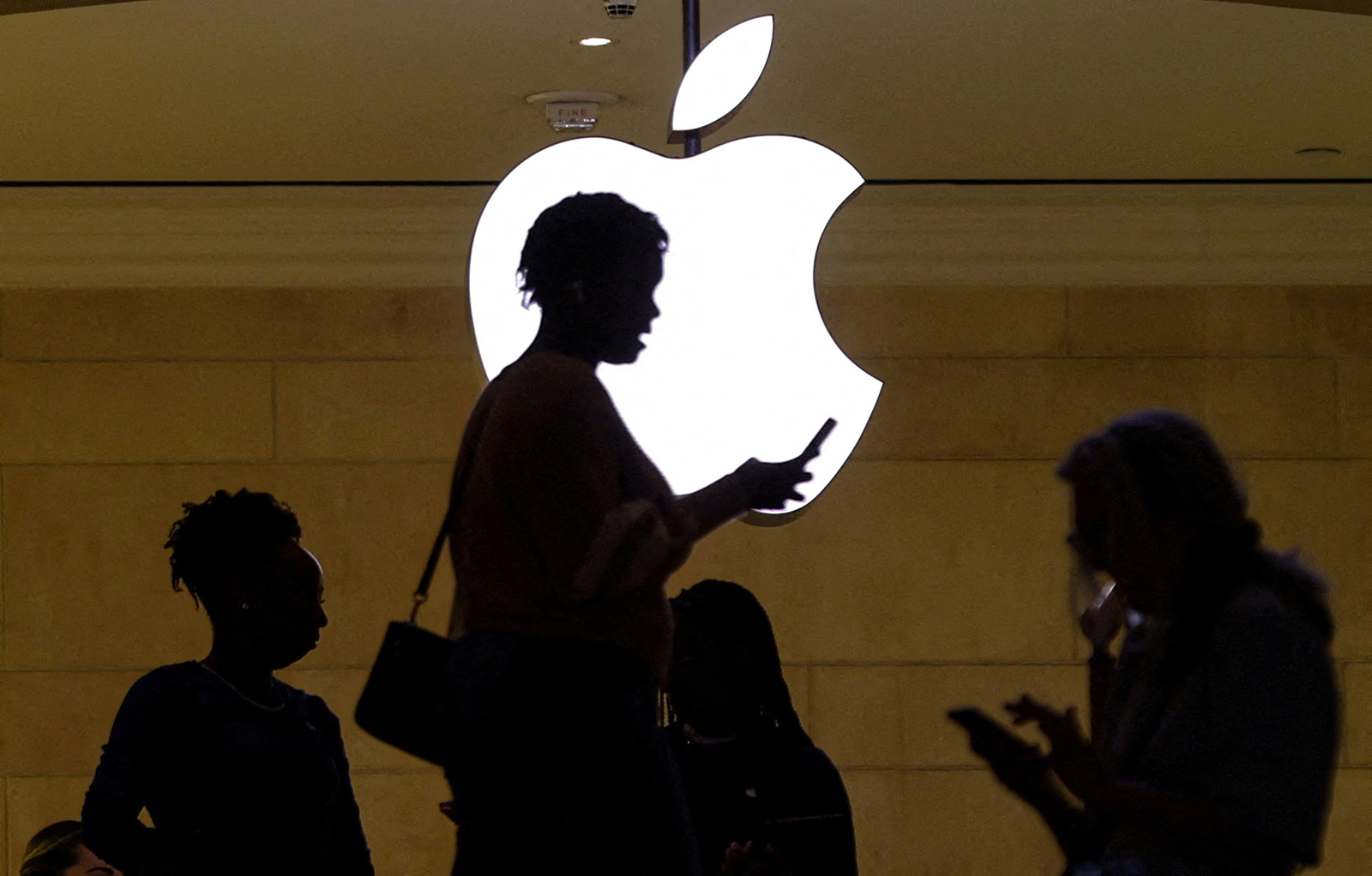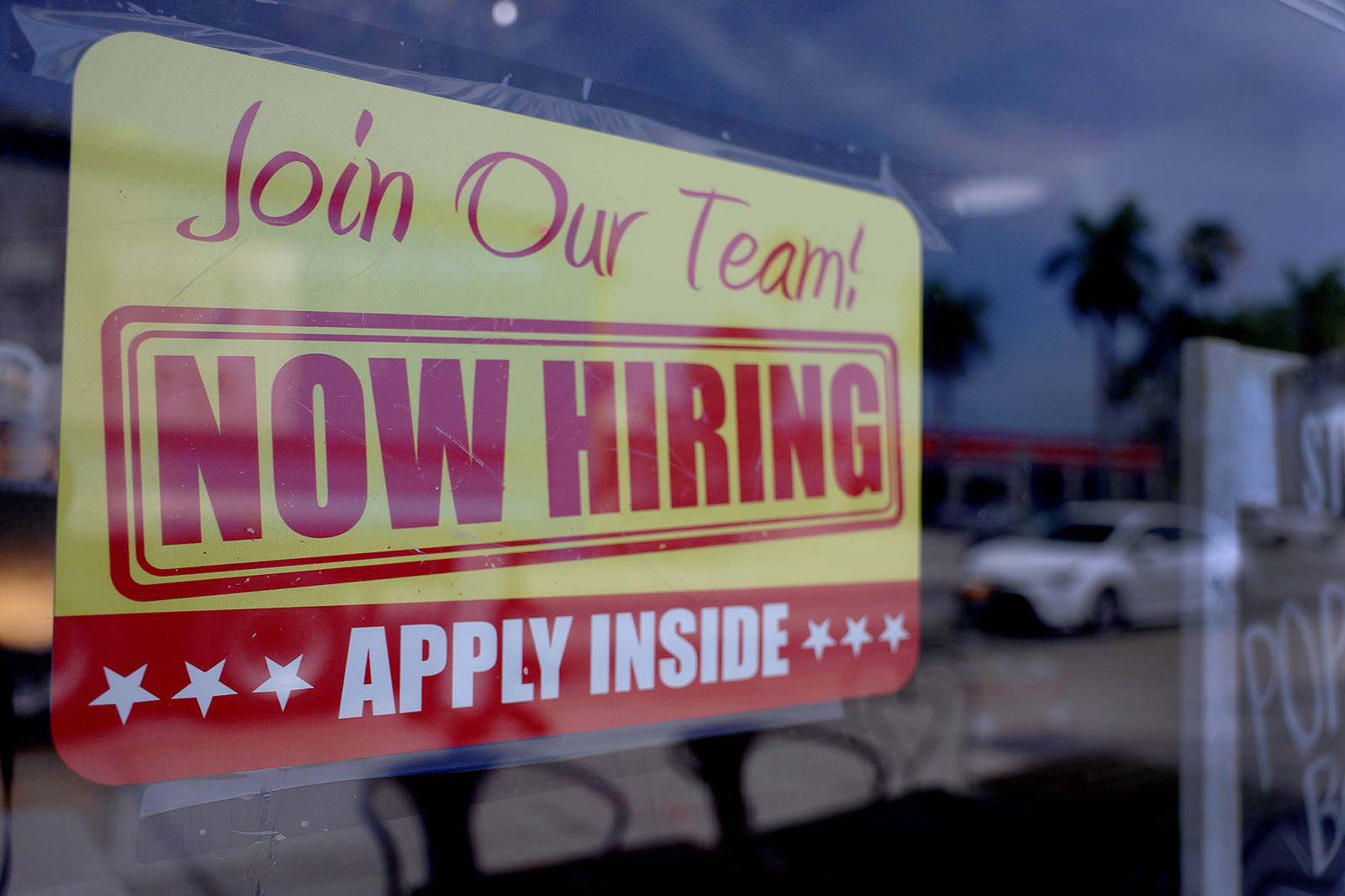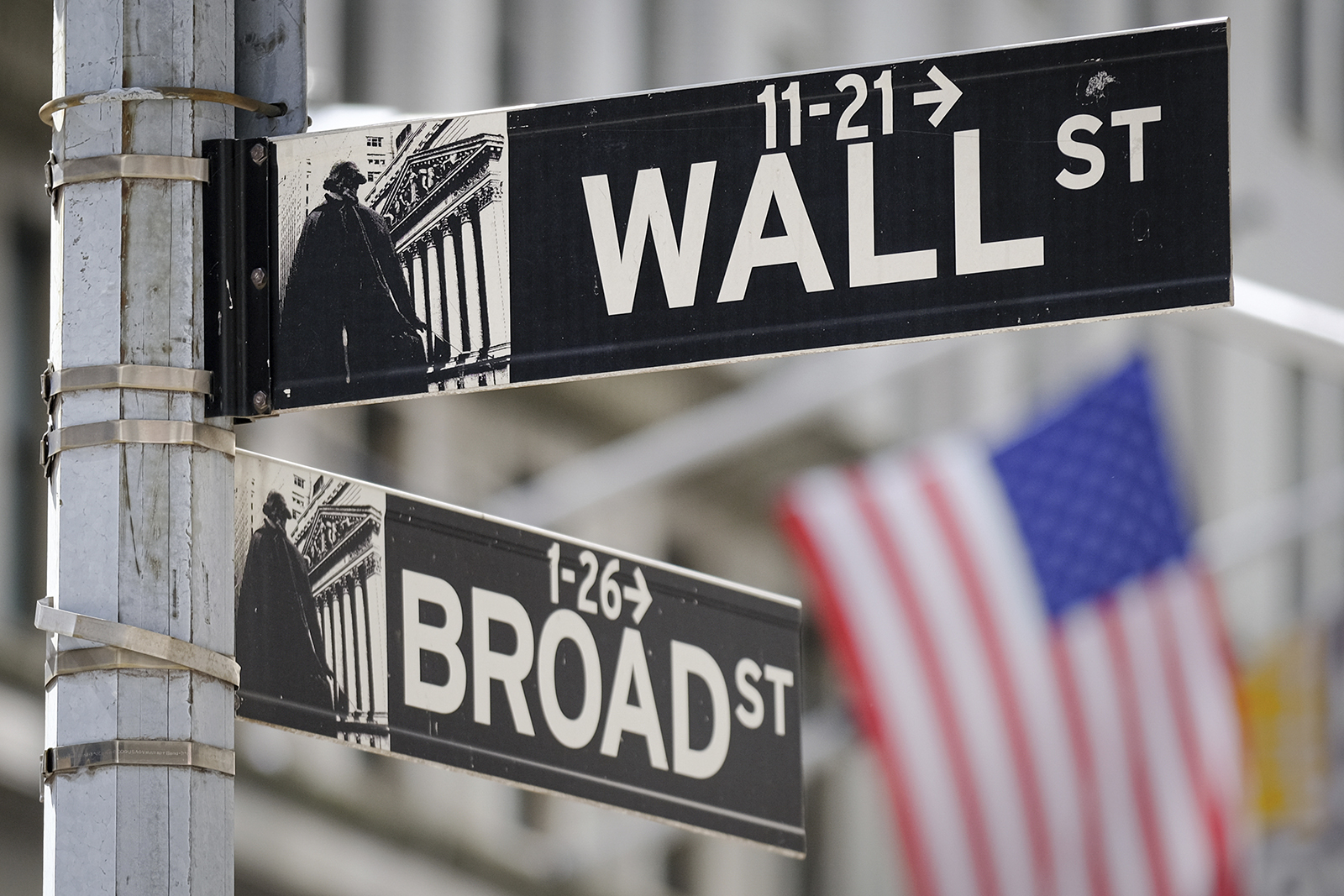
Apple’s market capitalization fell to about $2.86 trillion Friday, below the historic $3 trillion mark it reached earlier this year, on the heels of the company’s quarterly earnings report on Thursday.
Apple said in its earnings report that revenue slipped 1% during its June quarter, marking its third consecutive year-over-year drop in quarterly revenue. The company also reported quarterly dips in revenue for iPhone, Mac and iPad.
One bright spot in the report, however, was a new revenue high for Apple’s services business, which includes Apple Music and Apple TV+.
But Apple’s CFO Luca Maestri said during a call with analysts Thursday evening that the company expects revenue performance for its quarter ending in September “to be similar to the June quarter.” The stock slid at market's open Friday morning, wiping out billions in market value for the tech giant.
Apple first closed with a valuation of $3 trillion on June 30, becoming the only company in the world to reach that milestone, as tech stocks rebounded this year from a bruising 2022.








